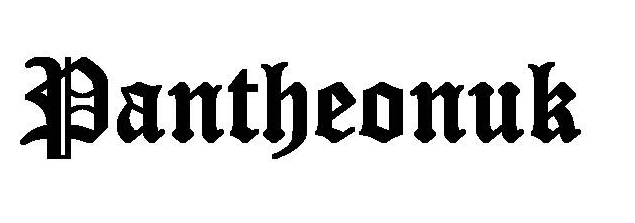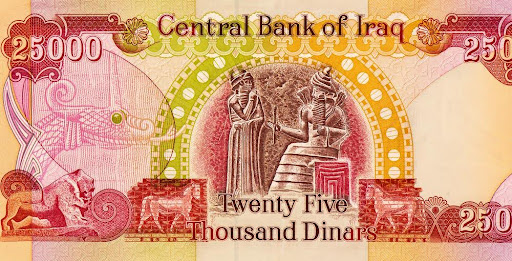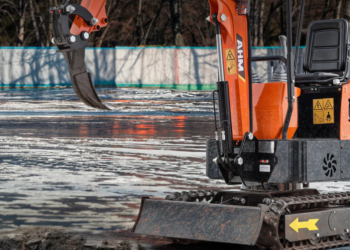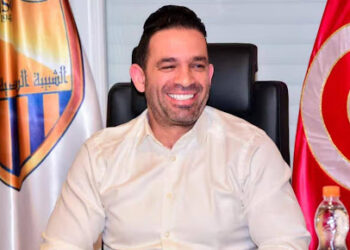Counterfeit money isn’t just something that happens to big businesses or international banks. It can happen to anyone — especially when dealing with foreign currencies that aren’t as familiar to the average person. One of the currencies often targeted by scammers is the Iraqi Dinar, and if you’re not sure what to look for, it’s easy to get fooled.
The main thing counterfeiters are counting on you is to not pay attention — but with a little knowledge and a quick checklist, you can protect yourself and your money.
Here’s what you need to know to confidently check your Iraqi Dinar notes and avoid getting caught by a scam.
Why It’s Important to Check Your Dinar Notes
The Iraqi Dinar has been a target for counterfeiters for years. The 25,000 and 50,000 IQD bills stand out as investment and collecting items because they rarely come into circulation for everyday transactions. The majority of inhabitants outside of Iraq handle these bills rarely thus many citizens remain oblivious to proper security features which scammers take advantage of.
People who handle Iraqi bills infrequently cannot easily detect counterfeit notes because the counterfeits convincingly resemble authentic money. Knowing the genuine feel and appearance of Iraqi notes enables easy detection of counterfeits to most viewers.
The below checklist directs users to verify the hardest-to-fake characteristics in Dinar notes. A few momentary checks of these features helps protect your investment from being lost.
1. Check the Watermark
The watermark serves as an easy method to verify Dinar note authenticity because it appears as one of the initial features to examine. The genuine Iraqi Dinar bills feature embedded horse’s head watermarks as part of their paper structure. These watermarks cannot be printed later as they become part of the note structure when the manufacturer completes production.
How to check:
Hold the bill up to a strong light source and look for the watermark. You should see the horse’s head clearly and consistently across every genuine note of that denomination. If it looks faint, blurry, or like it was stamped or printed on top of the paper, that’s a major red flag.
A missing watermark almost always means the note is fake — counterfeiters often skip this feature entirely because it’s hard to replicate properly.
2. Feel the Paper
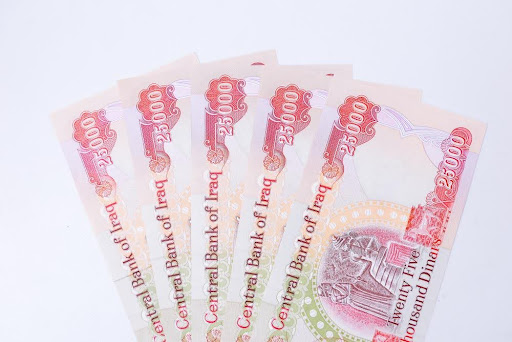
Authentic Iraqi Dinar notes receive their production on banknote paper with durability characteristics that resist duplication attempts. The paper which produces this document exhibits a unique texture which differs from all typical printer and office paper materials.
What to feel for:
Real notes have raised ink on certain parts of the design, giving them a slightly rough texture, especially on the numbers, text, and key design elements. The material itself feels firm and has a quality to it that is hard to mimic.
A counterfeit note can be identified through paper quality as fake bills tend to exhibit smoothness together with thinness and flimsiness that resembles home-printed materials. The illegal bills usually contain paper of inferior quality which becomes detectable after holding actual money.
If possible, compare the note with one that you know is genuine. The difference in feel will often be obvious once you have both side by side.
3. Look for the Security Thread
A counterfeit note can be identified through paper quality as fake bills tend to exhibit smoothness together with thinness and flimsiness that resembles home-printed materials. The illegal bills usually contain paper of inferior quality which becomes detectable after holding actual money.
How to check:
Hold the note up to the light and look for a thin, continuous thread running through the paper. On genuine notes, this thread may also include small printed text or repeating patterns. It should look like it’s part of the paper — not something printed on the surface or glued in after the fact.
If the thread is missing, appears uneven, or looks like it’s just drawn or stamped onto the paper, the note may not be authentic.
4. Check for Color-Shifting Ink
Color-shifting ink is a high-security feature used on many modern currencies, including some Iraqi Dinar notes. This special ink shifts its color appearance when seen from different viewing angles which makes it an additional security measure for detecting counterfeits.
How to check:
Look closely at the numbers or other key elements on the bill and tilt the note back and forth under a light source. On a real note, certain areas should shift color as the angle changes — for example, from green to gold, or from purple to green.
If the ink stays the exact same color from every angle, or if the color change looks weak or patchy, it may indicate a counterfeit note. This is a detail that many low-effort forgeries fail to replicate well.
5. Use a UV Light
One of the best tools for spotting fake currency is a UV (ultraviolet) light, often called a blacklight. Genuine Iraqi Dinar notes incorporate secret elements which can be detected through UV light illumination although they are invisible to standard illumination.
How to check:
Shine a UV light on the bill in a darkened area. Look for glowing stripes, numbers, or symbols that appear on genuine notes. These hidden features are difficult and expensive to fake accurately.
If the note shows no glowing security features at all under UV light — especially if it’s a high-denomination bill — that’s a strong sign it could be counterfeit.
If you deal with Dinar often, investing in a small, inexpensive UV flashlight is one of the easiest ways to add an extra layer of protection.
6. Inspect the Print Quality
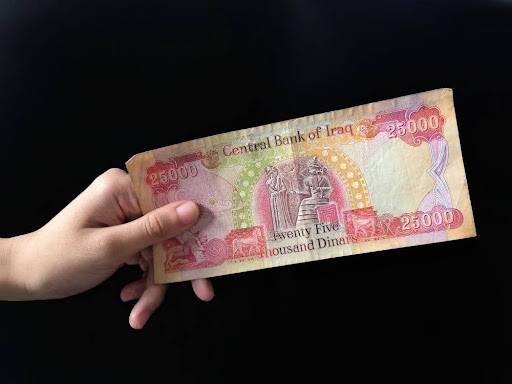
The print quality on real currency is hard to match with home printers or standard copy machines. Legitimate Dinar notes feature crisp lines, sharp text, and detailed patterns — and any sloppiness here is usually a giveaway.
How to check:
Look very closely at the fine details of the bill. Tiny microprinted text should be clear and easy to read under magnification. The edges of designs and borders should be smooth and well-defined.
Counterfeit notes often have blurry, smudged, or uneven lines where small details have been poorly copied. Misaligned printing, dull colors, or off-centered images are also common problems on fake bills.
Always trust your eyes — if something about the design looks fuzzy or low quality, it’s worth questioning.
7. Know Your Source
Even the best security features won’t help much if you’re buying from the wrong place. One of the most important steps you can take to avoid counterfeit Dinar is to only buy or exchange through trusted and reputable sources.
How to stay safe:
- Avoid purchasing Dinar from unknown online sellers, unofficial dealers, or random individuals on forums or social media.
- Be cautious of offers that sound too good to be true — like bulk deals at huge discounts.
- If possible, work with certified dealers who can provide proof of authenticity. Ask questions and request documentation if needed.
Sometimes, the biggest mistake isn’t failing to check the bills — it’s trusting the wrong person to provide them in the first place.
Quick Recap: How to Spot a Fake Iraqi Dinar
Here’s your quick-reference checklist for checking Iraqi Dinar notes:
- A clear watermark of a horse’s head, visible when held up to light
- Distinct paper texture with raised ink, not smooth or flimsy
- Embedded security thread, not printed or glued on the surface
- Color-shifting ink on numbers or design elements when tilted
- Glowing features under UV light, not visible under regular lighting
- Crisp, sharp print quality with fine, detailed patterns
- Currency purchased from reliable, certified sources
If a note fails even one or two of these checks, take it as a warning sign and investigate further before accepting or using it.
Taking just a few minutes to carefully examine each note — especially higher denominations — can save you from losing money or getting stuck with worthless counterfeits. Use the checklist, trust your instincts, and don’t be afraid to double-check your source.
And when in doubt, lean on tools like a UV light, or ask an expert for verification. It’s a small step that could make a big difference.
